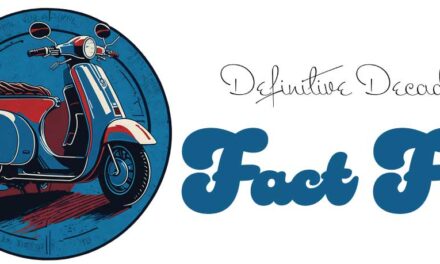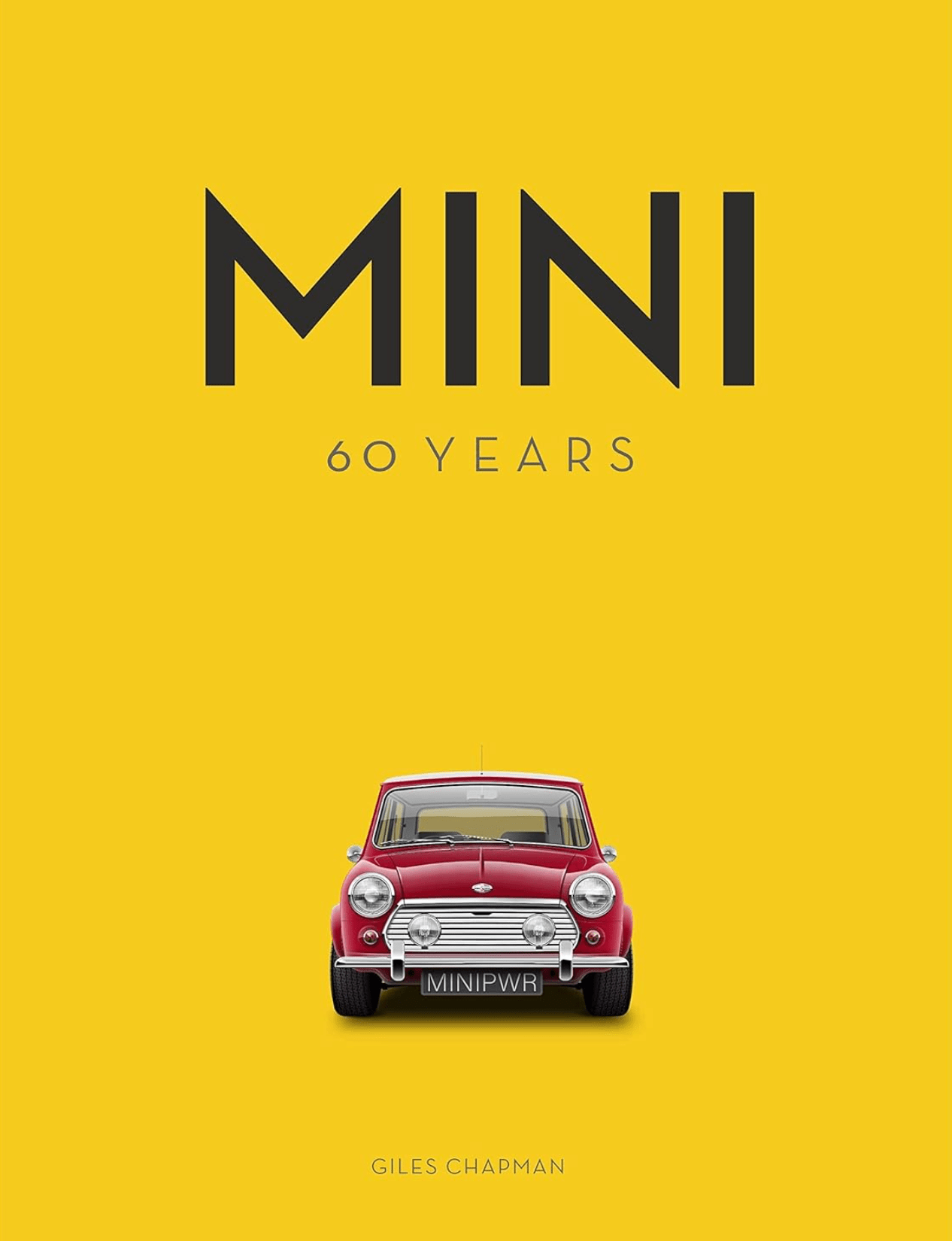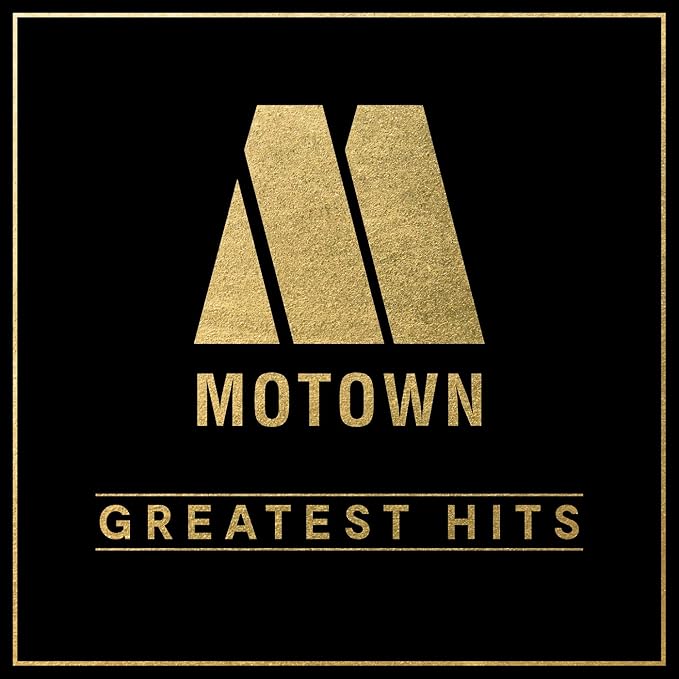Title: Return of the Jedi: The Epic Conclusion to a Galactic Saga
Introduction:
“Return of the Jedi” is the electrifying third installment of the original “Star Wars” trilogy, directed by Richard Marquand and released in 1983. Falling into the genre of epic space opera, this film is set in the far-fetched future where a rebellion against a tyrannical regime unfolds within a distant galaxy. With its captivating storyline, groundbreaking visual effects, and memorable characters, “Return of the Jedi” solidified its place in cinematic history and left an indelible mark on popular culture.
Director, Screenwriter, and Production Studio:
Richard Marquand helmed “Return of the Jedi” under the esteemed George Lucas, the creator of the “Star Wars” saga. The screenplay was collaboratively penned by Lawrence Kasdan and George Lucas himself. The production studio responsible for this cinematic masterpiece was Lucasfilm Ltd., known for pushing the boundaries of special effects and storytelling.
Plot Summary:
“Return of the Jedi” picks up after the events of “The Empire Strikes Back.” The Rebel Alliance, having dealt a significant blow to the sinister Galactic Empire, wages a final battle to bring about peace in the galaxy. Luke Skywalker, with his Jedi training near completion, seeks to redeem his father, Darth Vader, and overthrow Emperor Palpatine. Joined by loyal companions Princess Leia, the charismatic Han Solo, and the endearing droids C-3PO and R2-D2, Luke embarks on a perilous mission that intertwines epic battles in space, the Forest Moon of Endor, and the Emperor’s foreboding Death Star.
Casting Details:
“Return of the Jedi” boasts a talented ensemble cast, including Mark Hamill as Luke Skywalker, Harrison Ford as Han Solo, Carrie Fisher as Princess Leia, and Ian McDiarmid portraying the sinister Emperor Palpatine. The film also features Billy Dee Williams as Lando Calrissian, Anthony Daniels as C-3PO, Kenny Baker as R2-D2, and Peter Mayhew as Chewbacca, among others. Notably, the late Sir Alec Guinness reprises his iconic role as Obi-Wan Kenobi in spirit form.
Critical Reception and Audience Response:
Upon release, “Return of the Jedi” was met with divided critical reception. Some hailed it as a triumphant conclusion to the original trilogy, praising its thrilling action sequences, emotional depth, and memorable characters. Nevertheless, a few critics criticized its simpler narrative compared to its predecessors. Regardless of the dissenting opinions, audiences flocked to the theaters, and the film proved to be a commercial triumph, grossing over $475 million worldwide.
Notable Achievements and Impact on Popular Culture:
“Return of the Jedi” secured its place in film history by becoming the highest-grossing film of 1983. Furthermore, the movie’s mesmerizing visual effects, including the thrilling space battles and the puppetry masterpiece that brought to life the lovable Ewoks, set new standards for the science fiction genre. Not only did “Return of the Jedi” captivate audiences at the time, but it also became a cultural phenomenon, inspiring a generation of fans and leaving a lasting impact on popular culture.
Legacy and Related Media:
“Return of the Jedi” concluded the original “Star Wars” trilogy and left fans eager for more. The franchise expanded with a prequel trilogy, released between 1999 and 2005, and a sequel trilogy starting in 2015. Additionally, animated TV shows, books, video games, and merchandise have further expanded the “Star Wars” universe, keeping the spirit of “Return of the Jedi” alive for decades. The film’s unforgettable characters, emotional moments, and iconic battles continue to resonate with fans around the world.
In conclusion, “Return of the Jedi” stands as a testament to the power of storytelling and imagination. With its epic conclusion, gripping battles, and memorable characters, this iconic space opera solidified its place in cinematic history. It left an enduring legacy, inspiring generations of fans and establishing the “Star Wars” saga as a cultural phenomenon that continues to captivate audiences to this day.












